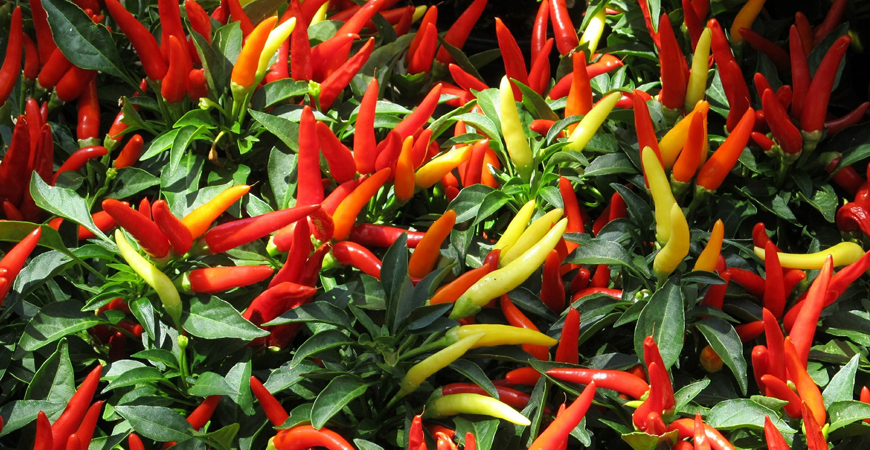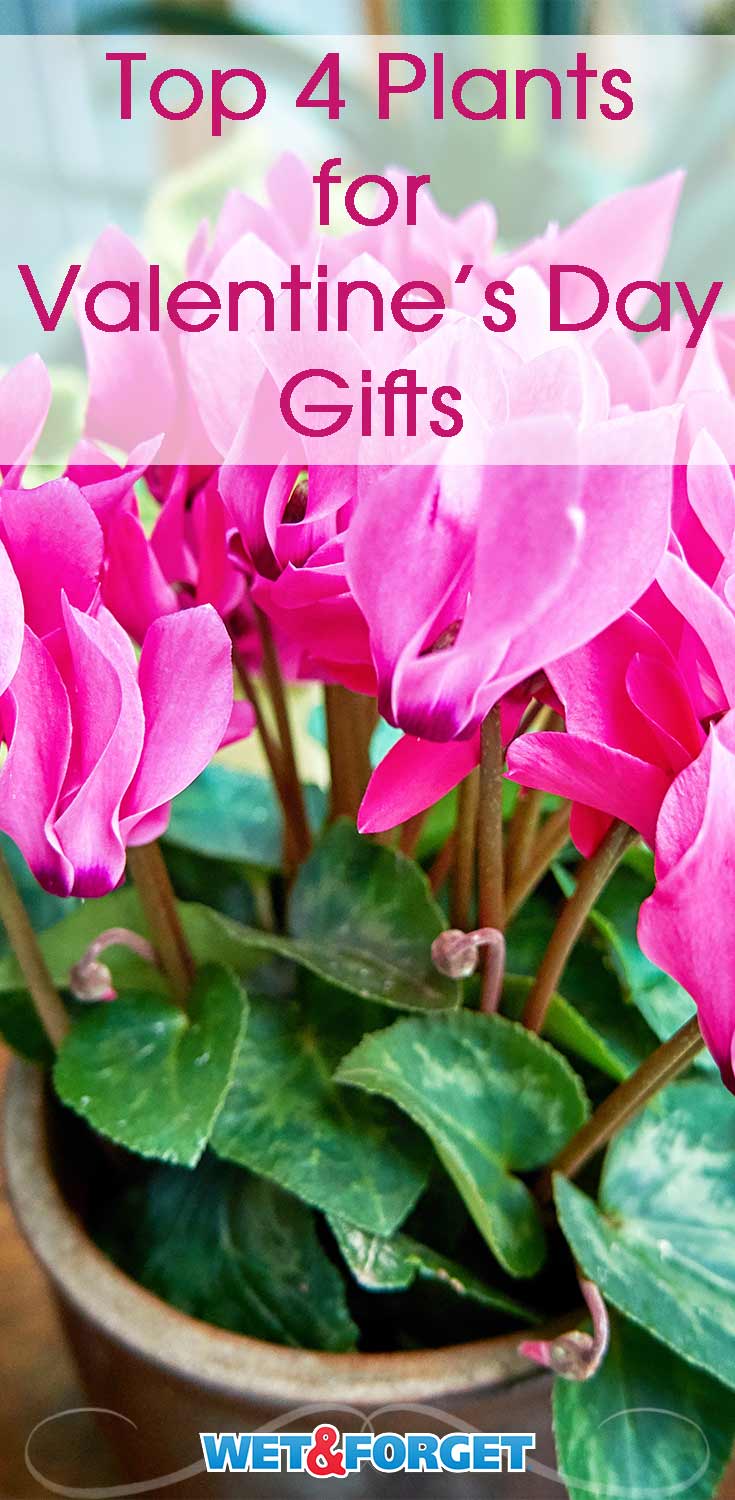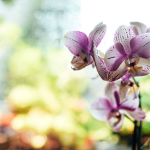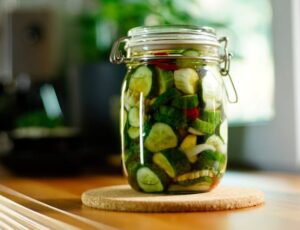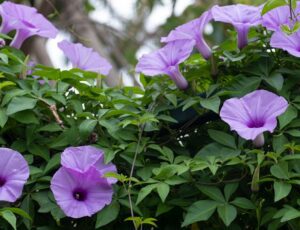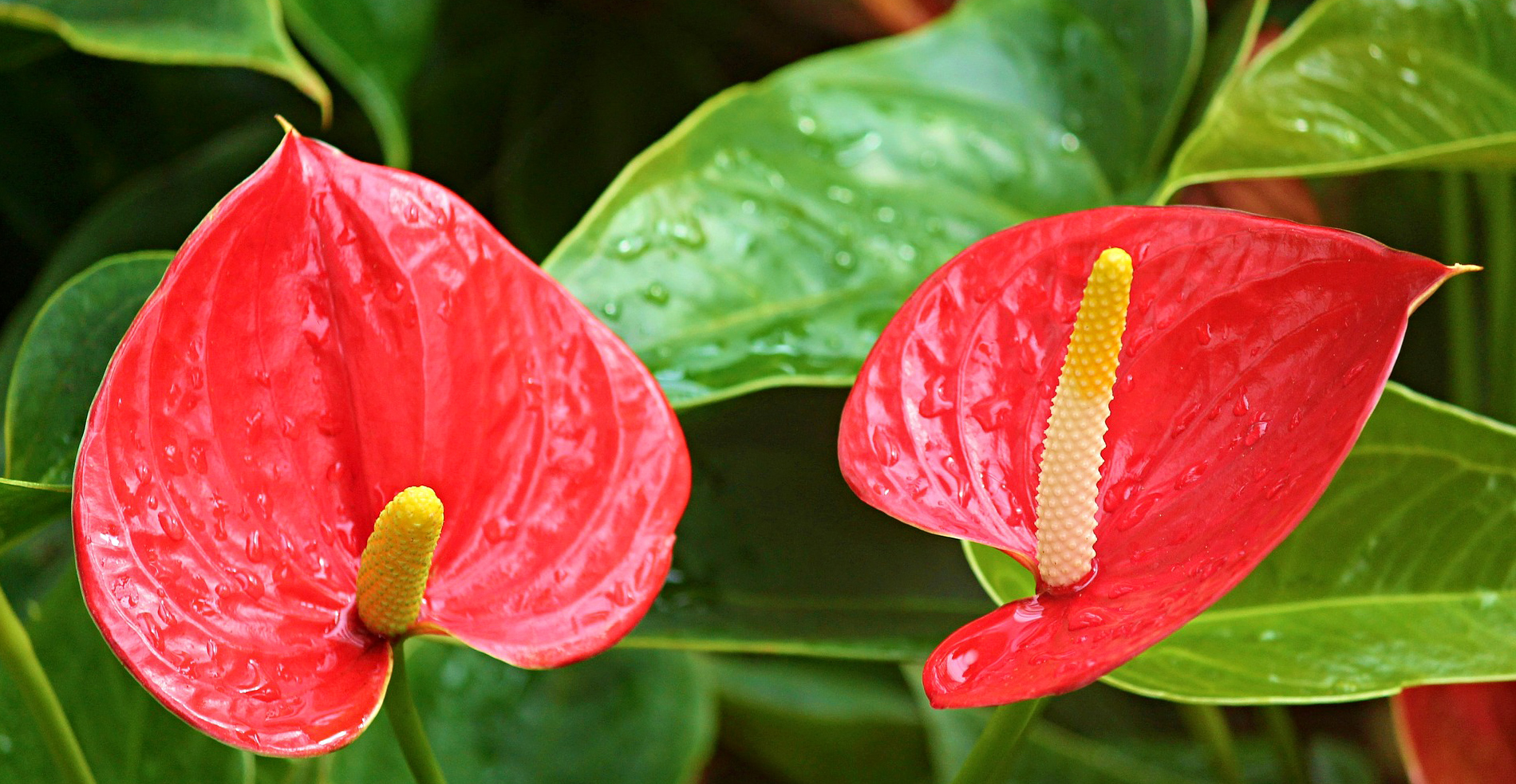
4 Best Plants for Valentine’s Day Gifts
Whether purchasing a Valentine’s Day gift for your significant other or best friend, an indoor plant makes a great gift. Help brighten the homes of the ones you love with a Valentine’s Day plant that will bring life to any indoor space.
Here we cover the four best plants for Valentine’s Day gifts.
Anthurium (Anthurium andraeanum)
Sometimes referred to as flamingo lily or painter’s palette, anthurium is native to Ecuador and Colombia. Many love this striking flower (photoed above) that is an evergreen tropical for its bright red, heart-shaped spathes (flowers) and deep green heart-shaped leaves, making it the perfect Valentine’s Day gift.
The leaves extend from the plant crown on long stems that grow to 8 inches in length. Each waxy, red flower features a long, cream-yellow spadix. New, long-lasting flowers may bloom at any time of year with the right growing conditions making it a Valentine’s Day gift that never stops giving.
Anthurium Care
Soil: Anthurium prefers a well-draining potting mix with peat moss.
Light: Set the pot in bright indirect light. Avoid direct sunlight and dry, drafty locations. The plant may not flower in full shade.
Moisture: Keep the soil consistently moist by watering on a regular schedule. A layer of sphagnum moss placed on the soil surface will help retain moisture.
Temperature: Anthurium prefers regular indoor temperatures in summer and a minimum indoor temperature of 60 degrees in winter. This evergreen indoor flower enjoys humidity, so it’s best to mist the foliage regularly.
Pests and Diseases: Routinely inspect the flowers for spider mites, mealybugs, whiteflies, or scale. Root rot, leaf spot, or blight may occur. Avoid spraying blooms with insecticide as it may affect their appearance.
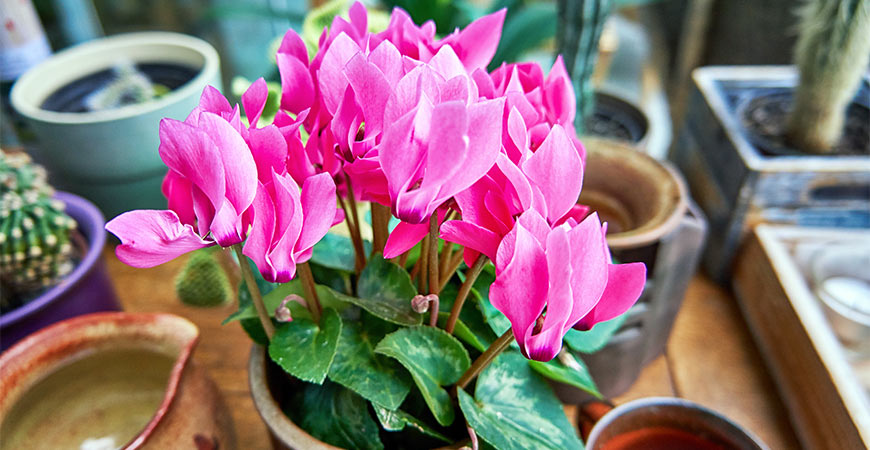
Flowering Cyclamen (Cyclamen persicum)
Flowering cyclamen is native to the eastern Mediterranean. This flowering houseplant blooms in winter and early spring and features clumps of heart-shaped dark green leaves often variegated with silver.
Showy flowers with twisted petals appear on leafless 6″ to 9″ stems in colors of red, rose, violet, lavender, purple, pink, and white, often with red centers depending on the species. Flowering cyclamen is popular for Valentine’s Day gifts as it’s sold in fall and winter.
Plus, the blooms from these Valentine’s Day plants will last several weeks with proper care. This makes these flowers a beautiful gift anyone will love.
Flowering Cyclamen Care
Soil: Cyclamen indoor plants prefer organically rich, well-drained potting soil.
Light: These beautiful perennial flowers prefer indirect light and part to full shade conditions. Apply a diluted liquid fertilizer every two weeks during the growing season.
Moisture: During the growing season, water these flowers when the soil becomes dry to the touch. Avoid getting water inside the crown. Cyclamen flowers will become dormant in summer and lose most of their foliage. During dormancy, the plant should be watered infrequently. In autumn, the plant will begin to grow again, so resume regular watering and fertilization.
Temperature: Cyclamen flowers prefer a cool location (65 degrees) for best blooms. Choose the coolest spot in the room if you wish to display the Valentine’s Day plant in a warmer location.
Pests and Diseases: Routinely check these plants for spider mites. Keep the plant out of reach of pets, as the foliage is toxic.
‘Chili’ Ornamental Pepper (Capsicum annuum)
Consider something ‘hot and spicy’ for Valentine’s Day! The ornamental pepper produces small, bright red peppers displayed above the green foliage. The decorative peppers on these Valentine’s Day plants are 2 to 3 inches long when mature.
These plants will begin as green and then gradually turn from yellow to orange to a bright red. Ornamental pepper is bought for decorative purposes.
The tiny peppers are safe to eat, but most find them too hot or lacking in flavor. When the peppers on each of the plants shrivel, prune them to enjoy a new crop.
Ornamental Pepper Care
Soil: Ornamental peppers aren’t too fussy about soil but prefer a light, loamy potting mix.
Light: The plant prefers 6 to 8 hours of bright light per day. A bright, south-facing window is best.
Moisture: Water to keep the soil evenly moist but not wet. Allow the potting mix to dry a little before watering these plants. Water thoroughly until water drains from the container. Feed the plant monthly with a liquid fertilizer diluted to half-strength.
Apply a general-purpose fertilizer when peppers appear. Reapply fertilizer in six weeks. Mist the leaves on occasion to add humidity. Stop fertilization when new peppers appear on the plants.
Temperature: Ornamental peppers thrive in daytime temperatures of 70 to 80 degrees and nighttime temperatures between 55 to 60 degrees. Moving the plant to a cool indoor spot before bed is a good idea.
Pests and Diseases: Ornamental pepper plants are subject to aphids and spider mites. If bugs are found, spray the plant with an insecticidal soap following the manufacturer’s directions. The plant is also vulnerable to wilt disease and leaf spots.
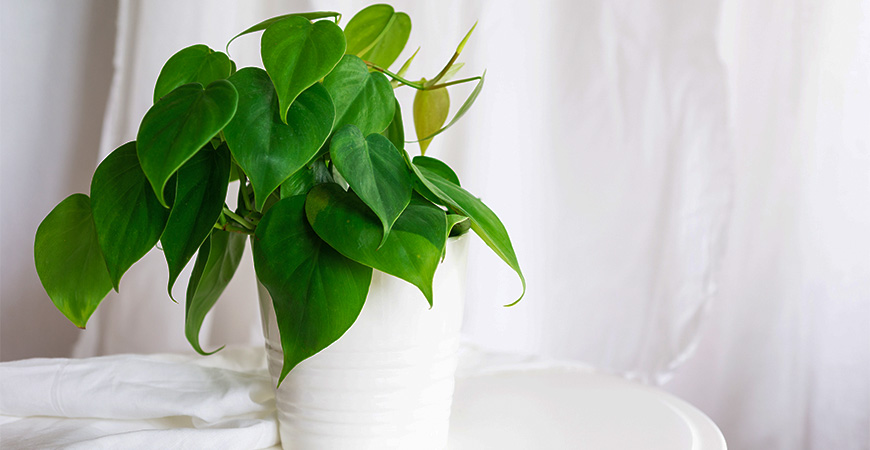
Heart-leaf Philodendron (Philodendron hederaceum)
Heart-leaf philodendron is an evergreen indoor plant native to Mexico, the Caribbean, and South America. Sometimes referred to as the sweetheart plant, the glossy, heart-shaped, dark green leaves make this easy-to-grow plant a great choice as a Valentine’s Day gift.
Keep this Valentine’s Day plant compact by pruning trailing stems. Support the plant’s meandering growth with a tall column placed inside the container or allow them to trail over the sides of the pot. Small greenish-white flowers bloom on mature plants.
Heart-leaf Philodendron Care
Soil: Heart-leaf philodendron plants prefer a rich, soil-based potting mix.
Light: This attractive plant prefers bright indirect light. Avoid placing the pot in full sun. This Valentine’s Day plant is shade tolerant, but too little light will produce long, spindly stems.
Moisture: Water this Valentine’s Day plant regularly during the growing season. Decrease watering these plants in autumn to late winter.
Fertilize heart-leaf philodendron plants monthly from spring to fall with a balanced liquid or water-soluble fertilizer. Dilute the fertilizer by half. When growth is slower, do not feed this Valentine’s Day plant in winter.
Temperature: Philodendron hederaceum grows best in normal to warm indoor temperatures 75-80ºF.
Pests and Diseases: Routinely inspect the plant for spider mites, aphids, mealybugs, and scale. If the soil the plants are in is kept too moist, root rot can occur.
Did you know?
NASA notes the Heart-leaf philodendron as among the best houseplants for removing formaldehyde from indoor air, especially in higher concentrations. The plant will absorb a considerable amount of formaldehyde, often in home insulation, water-based paints, and laminated flooring.
Give these beautiful flowers and plants as gifts to the ones you love this Valentine’s Day!

